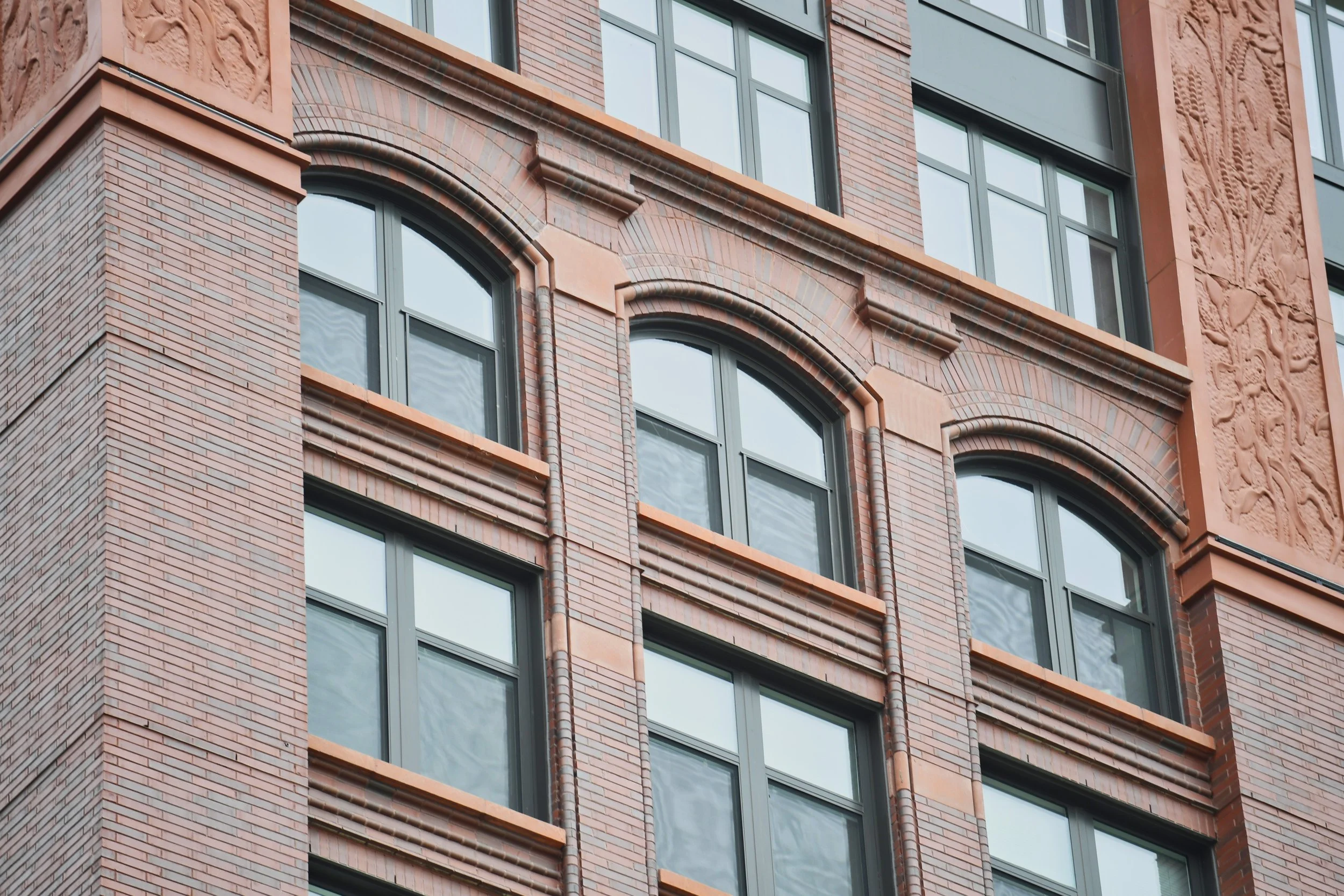Take the best of brick with you
/We’ve highlighted winners of the 2020 Brick in Architecture awards in this blog before, but those projects only represented brick manufacturers from the Brick Industry Association’s Heartland Region. And, we didn’t have the space to do a full write-up about those designs and all of the thought and creativity that went into them.
Luckily for you, the Brick Industry Association (BIA) has assembled full descriptions of the winners of each category into a downloadable PDF document. This beautiful publication includes many photos, as well as insights into the designers’ objectives for each fired clay brick structure.
Read More














